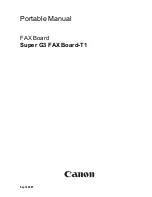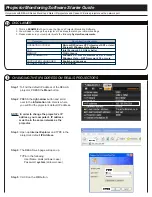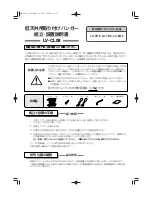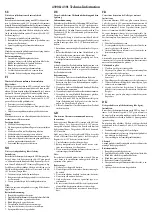
WMPD3 · WMPAD3 · WMPAD3-L
6
Using Multiple Detectors
If the detection pattern of the unit does not fully cover the desired area, multiple units may
be connected in parallel to extend the detection coverage.
The following wiring example is intended only as a recommendation. Proper wiring practice must be
observed with relevance to the particular installation.
!
Figure 4 illustrates a typical wiring arrangement using two WMP(A)D3 units; Figure 5
represents the same configuration as applied to a typical ceiling rose lighting circuit. This
method can typically reuse pre-existing wiring from a 2-way switching installation, where
3-core cable has been used between the switch locations.
Each unit detects motion independently and operates its own timing cycle, but the load
is shared. When either or both units detect motion (or are overridden to ‘ON’ using their
respective touch-sensitive button), the load will switch on. Once
both
units have detected
no motion for their respective timeouts, the load will switch off.
WMPAD3(-L)
When using the override button to switch the load off, the load will remain
powered if the other unit is still in the ‘ON’ state.
Figure 4
Typical wiring schematic for two units
Figure 5
Typical ceiling rose plan


























